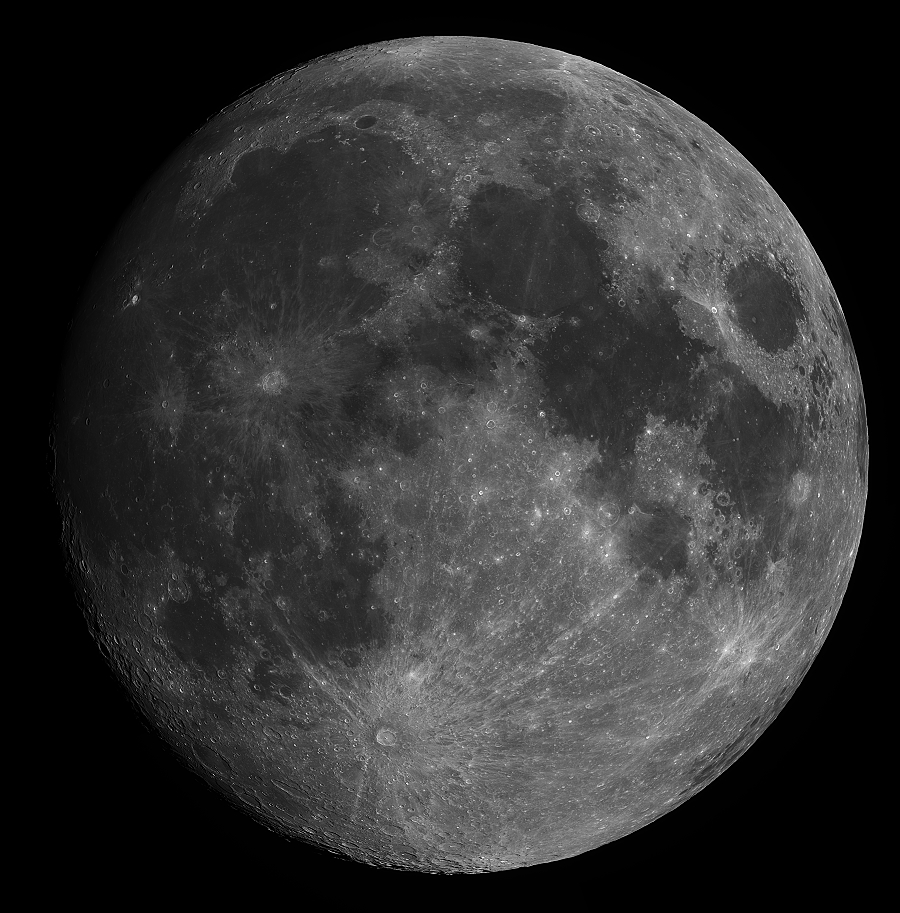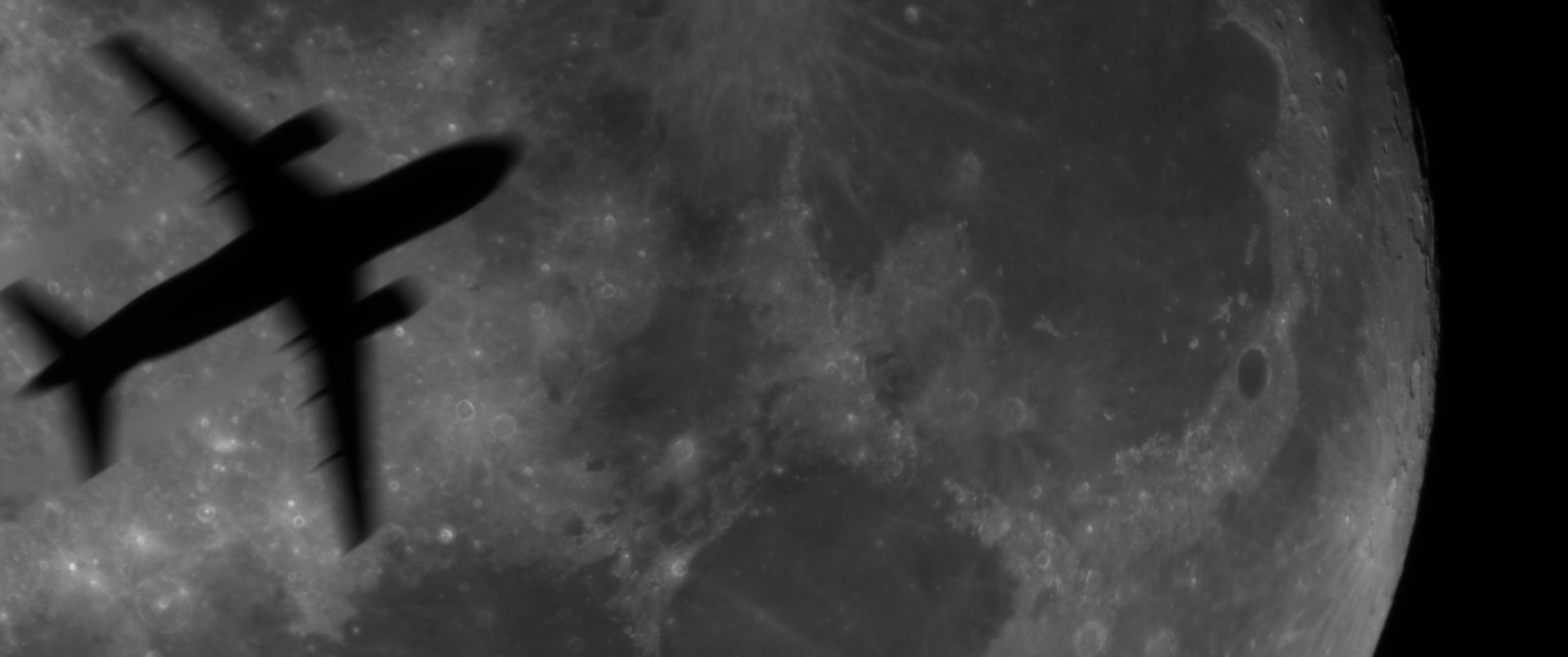by moladso » Mon Nov 27, 2023 7:58 pm
Black Friday Offer: cheap flights to the moon...
Hi resolution (4236x4296 pixels) 97.4% Moon and Plane.
Jaime Fernandez

Click on image for full sized, hi-res (4236x4296 pixels), moon image or the following link:
https://www.astronomica.es/imagen_big.a ... =582_3.jpg

Click on image for animation or the following link:
https://www.astronomica.es/documento/10 ... 01-060.gif
No, flights to the Moon are not yet offered on Black Friday, but who knows in the coming future...

From time to time, during our photo and video captures of celestial objects, an airplane or satellite comes between our telescope and the sky object.
In this case, an
Airbus 320-112 with registration EC-NBD of the Volotea company, covering
flight V72487 from Lanzarote (Spain) to Bordeaux (France), was pictured while taking videos for the hi resolution moon picture shown above.
How can we know those flight details? By knowing the exact moment when our image/video was captured, we can look applications on the Internet that inform about the flights (flightradar) and satellites (heavensabove) that fly over us at a given moment and location.
In this case it is just for fun, but it shows us the importance of collecting and reviewing all the data from our images systematically, because you never know when you may have captured an astronomical event (a TLP, Transient Lunar Phenomena for example) and it would be needed.
Capture and processing details:
Telescope LongPerg ED80 + Vixen Tele-extender f/7.5 (x1.9), camera ASI 178MM, UV/IR Neodymium Baader filter, captured with ASICap 2.9.1, mosaic of 6 x 4000 frames SER video @30fps (16bit), processed with Autostakkert 3.1.4, Registax 6 and PixInsight 1.8 Ripley. Taken on 25/nov/2023 from Madrid (Spain), at an height 811 mts ASML.
Credit: Jaime Fernandez
https://www.astronopithecus.es
[size=150][b]Black Friday Offer: cheap flights to the moon...[/b][/size]
[b]Hi resolution (4236x4296 pixels) 97.4% Moon and Plane. [/b]
Jaime Fernandez
[url=https://www.astronomica.es/imagen_big.asp?imagen=582_3.jpg][img]https://www.astronomica.es/imagen/582_2.jpg[/img][/url]
Click on image for full sized, hi-res (4236x4296 pixels), moon image or the following link: https://www.astronomica.es/imagen_big.asp?imagen=582_3.jpg
[url=https://www.astronomica.es/documento/100_2023-11-25-2201_5_F1056-1156_F001-060.gif][img]https://www.astronomica.es/imagen/20231127202048_Plane_011_20231125_220158.374_UT.jpg[/img][/url]
Click on image for animation or the following link: https://www.astronomica.es/documento/100_2023-11-25-2201_5_F1056-1156_F001-060.gif
No, flights to the Moon are not yet offered on Black Friday, but who knows in the coming future... :wink:
From time to time, during our photo and video captures of celestial objects, an airplane or satellite comes between our telescope and the sky object.
In this case, an [b]Airbus 320-112[/b] with registration EC-NBD of the Volotea company, covering [b]flight V72487 from Lanzarote (Spain) to Bordeaux (France)[/b], was pictured while taking videos for the hi resolution moon picture shown above.
How can we know those flight details? By knowing the exact moment when our image/video was captured, we can look applications on the Internet that inform about the flights (flightradar) and satellites (heavensabove) that fly over us at a given moment and location.
In this case it is just for fun, but it shows us the importance of collecting and reviewing all the data from our images systematically, because you never know when you may have captured an astronomical event (a TLP, Transient Lunar Phenomena for example) and it would be needed.
[i][b]Capture and processing details:[/b][/i]
Telescope LongPerg ED80 + Vixen Tele-extender f/7.5 (x1.9), camera ASI 178MM, UV/IR Neodymium Baader filter, captured with ASICap 2.9.1, mosaic of 6 x 4000 frames SER video @30fps (16bit), processed with Autostakkert 3.1.4, Registax 6 and PixInsight 1.8 Ripley. Taken on 25/nov/2023 from Madrid (Spain), at an height 811 mts ASML.
Credit: Jaime Fernandez [url]https://www.astronopithecus.es[/url]